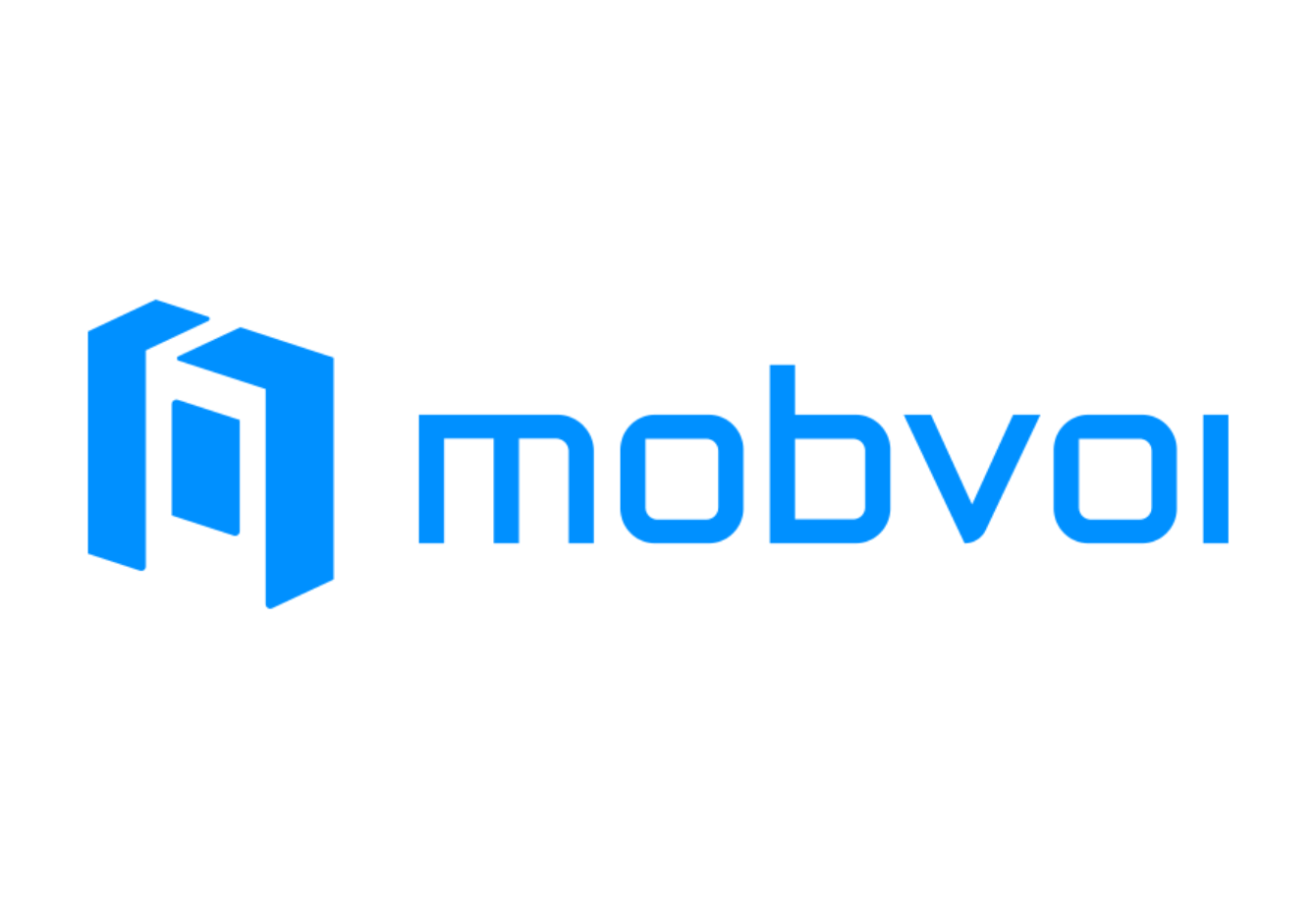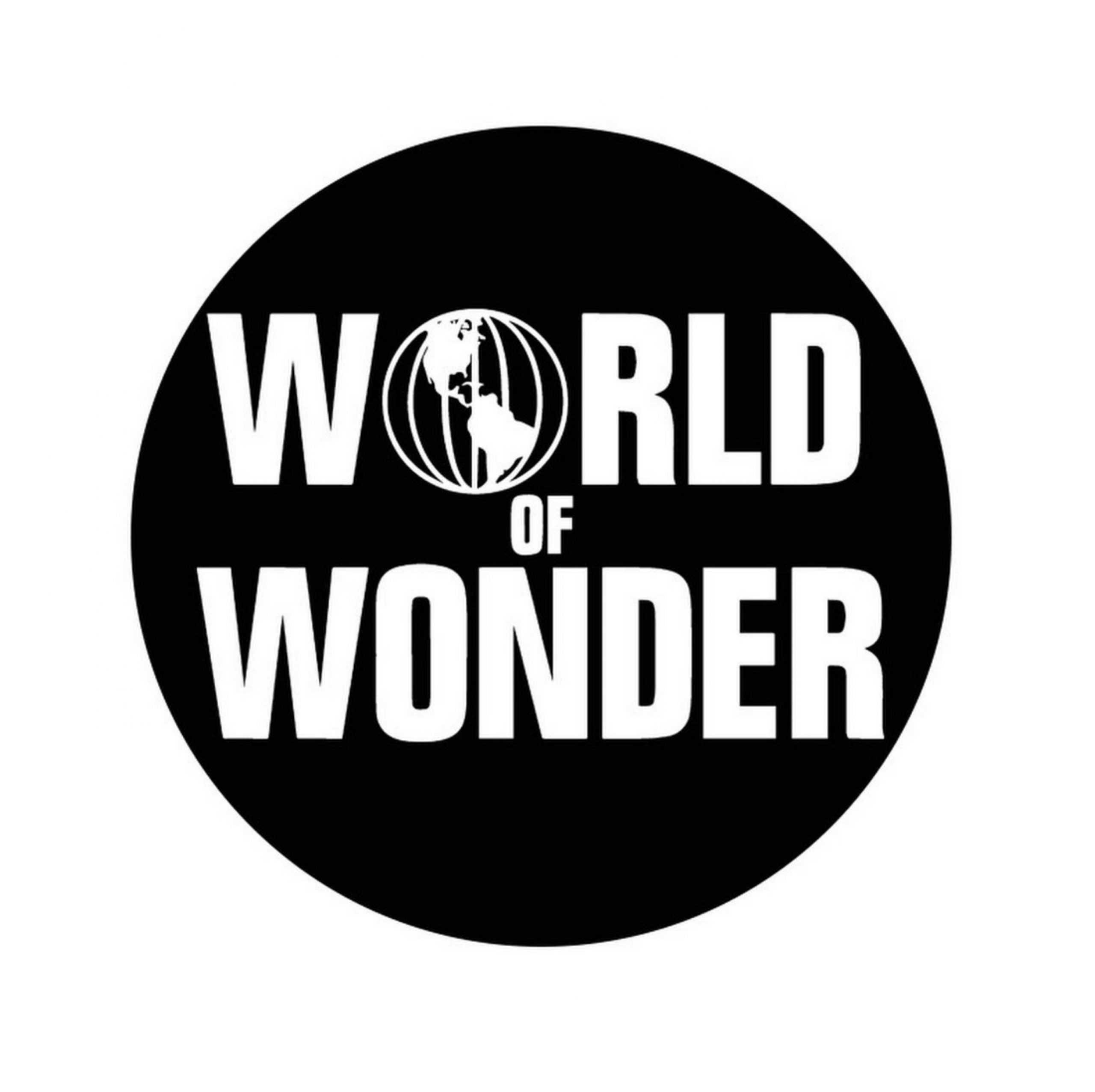New year, new visual content trends. Here’s what to look out for to hit the ground running this year.
We can’t stress this point enough: BIG visual content that wows and leaves its mark is imperative to getting your brand visible and out there. A successful visual content strategy should incorporate the latest content trends to ensure you’re reaching your audience, making the most of visual content mediums and reflecting the latest goings-on, both in your industry and in society as a whole.
Visual Content Strategy

With every end of the year comes the end of year review; what’s flown you to the top and what’s… well… flopped. As well as advancing on your successes, you’ve got to take the flops and flip them on their head. A business strategy I like to call ‘The Flip Flop’ – coin it if you must. You need to adjust the flops so they fit in with the ever-evolving advancements in the advertising industry.
I’ve said it before and I’ll say it again: visual storytelling is HUGE. It’s not new, but it’s not going anywhere fast. Emotive, thought-provoking visual content gives your target audience something to relate to and sparks interaction, be it social sharing or website click-throughs. We humans are drawn to storytelling in advertising quite naturally. It’s a long-standing, effective technique based on a primal form of human interaction and communication.
Another visual content strategy you might feel inclined to dip the old toe into is influencer marketing and user-generated content. Again not a new trend, but one that continues to grow in value. I don’t know about you, but I’m always turning to friends and family for advice on their fave skincare products or outfit inspiration (because who wears it better?) We’re often more comfortable splashing our cash on products or services when they’ve been tried and tested by people who are real and relatable, hence how influencers gained their title. They influence people’s buying decisions. And, because this type of stardom is within reach whereas celebrities are relatively untouchable, they’re arguably more influential – it’s easier to relate to them and ‘become’ them by having the things that they have.
After finalising your visual content strategy, think about what type of visual content you want to implement.
Types of Visual Content
Insta-stories hit the advertising industry like a truck with 70% of people discovering new brands and products through Facebook and Instagram alone. If you want to get in the game and Insta-stories are the name of said game, then you really ought to consider upgrading your IG account and producing catchy social edits for viewers to absorb your visual content literally within seconds. It also gives viewers instant access links to your sites with a simple “Swipe up” and accommodates all sorts of brands and businesses. Whether you want to sell a product, share some news, or spread the word on a topic, Insta-stories are a visual content marvel.
Social edits can also be part of a bigger picture – namely, your brand or product hero film. Whilst sharing little snippets of your brand, product, or service on social media is hugely beneficial, telling your story as a whole is just as important. Be it a showreel, tv commercial, promotional video production, or the first thing a customer sees when they click on your website, giving your ad that little bit more time can take your visual content to a much deeper and more engaging level. What’s more, the right visual content agency can both produce your main film and edit it to make social cuts too. The more visual content, the merrier!
Moving images are certainly proving to be showstoppers, but let’s not forget photographic content. A picture can still tell a thousand words, and it can tell your story, too. Websites, social media pages, billboards, and busses remain rammed with visual content in the form of still imagery as well as video. A combination of the two is the perfect recipe for an effective visual content strategy.
Another fun type of visual content and a growing trend in all things advertising (and also cinema, theatre, and, of course, gaming) is immersive storytelling. Think VR, think AR, think 360, think interactive activations. The point of this type of visual content is not to make the viewer react, but act. The experience can take them on a journey, feel personal to them, and allow them to be an active participant rather than a passive observer. Check out our activation at ILTM 2019 where we filmed attendees and edited them into our hotel promo video for Hyatt on-site, giving each of them their very own 15 minutes of fame:
Once you’ve decided on a visual content strategy and type, you need to think carefully about creation and production. It’s all in the execution, my dear.
Visual Content Production

No matter how hard you’ve worked on all of the above, the real effectiveness and impact of your visual content comes down to one thing: execution. Don’t even think about trying any of this at home without the aid of a visual content agency who can get to grips with your brand, conceptualise your business needs creatively, employ the right people to produce, shoot and edit your content, and bring your vision to life. Without experts in place, you won’t know what story will get through to your target market, what tone, style, sound design and lighting will match the story’s message, and don’t get me started on editing. Your strategy could be impeccable, but if your visual content isn’t executed right you’ll be worse off than when you started.









